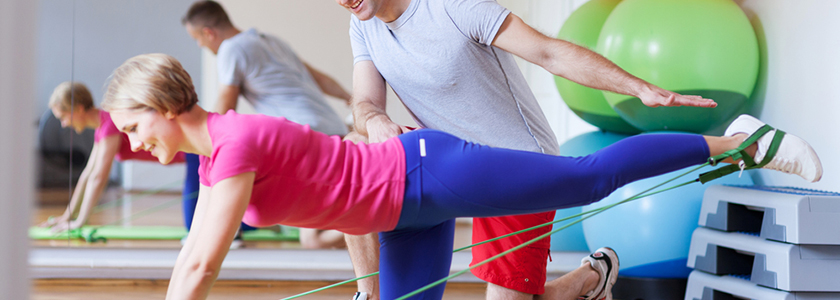What is Pilates?
Developed by the late Joseph Pilates (1880-1967), the Pilates method is a mind-body conditioning programme initially designed for rehabilitation purposes during the early twentieth century.
Pilates was later adopted by dancers as its philosophy blended well with their focus on core strength, co-ordination, flexibility and posture. Pilates is based on a set of principles which exercise the whole body through a range of mat and equipment based exercises, combining the co-ordination of deep postural and stability muscles, breathing and arm & leg movements with postural correction, suppleness and flexibility.
What is APPI Pilates?
The Australian Physiotherapy Pilates Instutite (APPI) Method is the creation of two Australian Physiotherapists, Glenn and Elisa Withers. The method is based on over 14 years of clinical practice in treating movement dysfunctions through their roles as world leading Physiotherapists and Pilates teachers. The Method encompasses three core areas of pain, pathology and function. Each Pilates movement has been analysed based on these three core areas.
This means that the APPI Method is much more than just a way of toning a person's physique, but is a research based, clinical application of improving the way a person moves and functions in their everyday life. The APPI Pilates method has now been applied in areas as diverse as physiotherapy injury rehabilitation, paediatric rehabilitation, neurological rehabilitation, elite sports rehabilitation, elderly care, womens health and much ore.
Who is Pilates good for?
Pilates really is good for everyone!! However, if you feel unsure about how you would manage in a class environment or have had a recent injury, illness or period of acute pain, 1:1 Pilates sessions are a great way to start. Once you have built strength and confidence, you can move from there into a class setting.
What does Pilates help with?
- Core stability, posture and alignment.
- Back pain or neck pain, stability, flexibility and quality of movement.
- Pilates can help with recovery from an injury. Specific areas can be targeted to restore muscle balance and flexibility after an injury.
- Post natal. The deep abdominal muscles and pelvic floor form part of the cylinder of core muscles. These need specific strengthening post natal.
- Osteoporosis. Pilates will strengthen your spine, improve your movement and balance. Good balance is essential in falls prevention. The use of a theraband for resisted arm and leg exercises in class is an excellent way to boost bone density.
- For office workers needing to increase their flexibility and wanting to strengthen the supporting muscles around the shoulder blade and neck area. Many of the warm up exercises are designed to move out of tight postures and restore free movement to the neck, shoulders and arms, improving posture and reducing pain.



